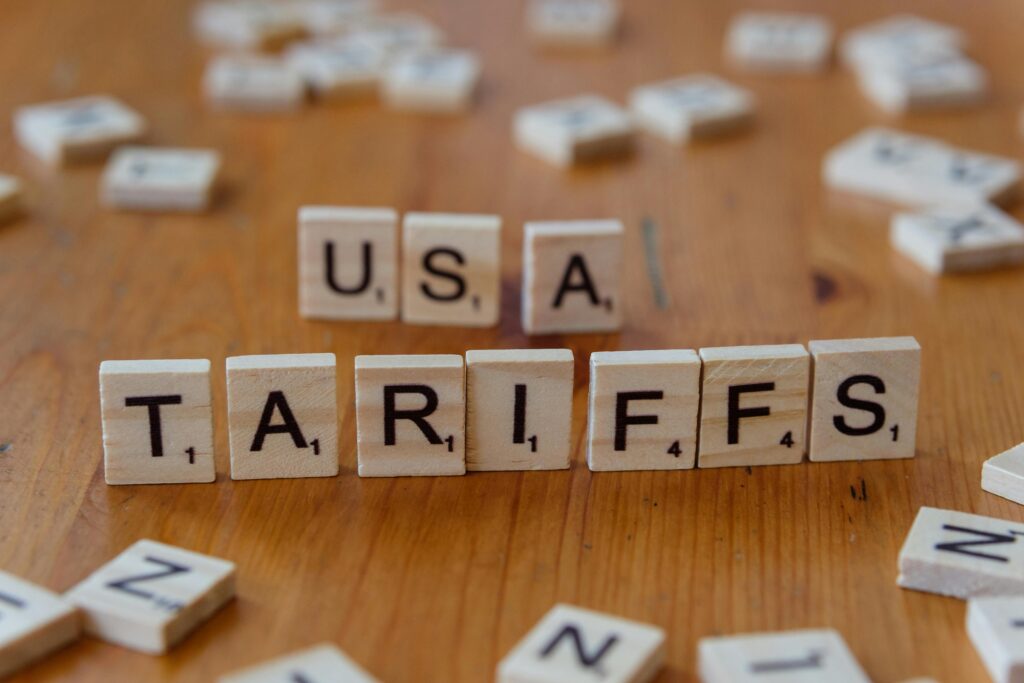US President Donald Trump has announced new tariffs aimed at what he calls “unfair” trade practices, labeling the move a “declaration of economic independence.” Donald Trump’s administration implemented several trade tariffs, especially targeted at China, but also affecting other countries, including India. These tariffs were a cornerstone of his “America First” trade policy, focusing on reducing trade imbalances, protecting domestic industries, and tackling what he viewed as unfair trade practices by other nations. What is the effect of Donald Trump’s reciprocal tariffs on India and global trade?
Will Trump’s reciprocal tariffs on India increase export costs and strained relation?
In a speech at the Rose Garden, President Trump announced the new tariffs, stating that the “discounted reciprocal tariff” applied to targeted countries was precisely 50% of the tariffs, currency manipulation, and trade barriers they impose on the United States.
Donald Trump reciprocal tariffs on India
Baseline Tariff: A 10% tariff will be applied to all countries, taking effect on April 5th at 12:01 AM GMT.
Higher Tariffs for “Worst Offenders”: On April 9th, at 12:01 AM GMT, additional tariffs will be imposed on countries the U.S. deems as engaging in the most harmful trade practices.
The European Union will face a 20% additional tariff.
India will face a 26% additional tariff.
South Korea will face a 25% additional tariff.
Japan will face a 24% additional tariff.
Vietnam gets hit with 45%,
Taiwan with 32%
Thailand with 36%.
China will face a 34% additional tariff, which when added to the existing 20% fentanyl related tariff, brings the total additional tariff to 54%.
Trump reciprocal tariffs: Will India hit back?
Meanwhile, as per several media reports, the Indian government is expected to announce its response to the US reciprocal tariffs later on Thursday
Trump claims these tariffs are roughly half of what other nations have been charging the U.S., and are designed to counteract their tariffs, non-monetary barriers, and perceived “cheating.”
On Thursday, new 25 percent tariffs on imported autos and certain parts will also kick in, bringing fresh challenges to the industry.
Trump earlier imposed 25 percent charges on steel and aluminum imports too, which will now be expanded to impact canned beer and aluminum cans.
He has ordered probes into imports of copper and lumber as well, which could lead to further duties.
Also Read: India braces for heatwave: Top tips to stay safe in sweltering conditions
What about Canada and Mexico?
For Canada and Mexico, the existing fentanyl/migration IEEPA (International Emergency Economic Powers Act of 1977) orders remain in effect, and are unaffected by this order. This means United States-Mexico-Canada Agreement (USMCA) compliant goods will continue to see a 0% tariff, non-USMCA compliant goods will see a 25% tariff, and non-USMCA compliant energy and potash will see a 10% tariff. In the event the existing fentanyl/migration IEEPA orders are terminated, USMCA compliant goods would continue to receive preferential treatment, while non-USMCA compliant goods would be subject to a 12% reciprocal tariff.
What are tariffs?
In simple terms, tariffs are taxes imposed by a government on goods imported from another country. Tariffs are primarily used to make imported goods more expensive, which can encourage consumers to buy domestically produced goods. Governments also use tariffs to generate revenue.
How do tariffs work?
When a foreign product enters a country, a tariff is added to its cost. This increased cost is often passed on to consumers, resulting in higher prices for imported goods.
Overall, Trump’s trade policies aimed at reshaping international trade relationships, prioritising American interests, and reducing the U.S. trade deficit, although the long-term impacts of these policies are still debated. The concern that President Trump’s tariffs could trigger devastating trade wars with global economic repercussions is a significant one, and is a sentiment shared by many economic analysts.










Online Gaming Bill 2025 Explained: What New Law Means for Gamers and Platforms in India
What is APAAR ID? CBSE Makes It Mandatory for Class 10 & 12 Board Exam Registrations
Will PM Modi’s GST Reforms Will Be the ‘Diwali Gift’ that Boosts Your Savings?